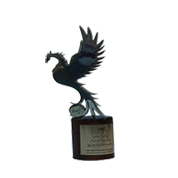
National selection of top producer of
poison and fertilizer
in Iran
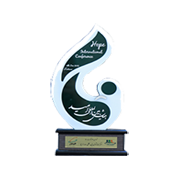
Omid International Conference
International Conferences Center
In Tehran

Omid Second International Conference
International Conferences Center
In Iran

Omid Third International Conference
International Conferences Center
In Iran

Omid Fourth International Exhibition
International Conferences Center
In Tehran
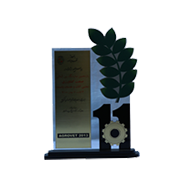
11th International Agricultural Industry
Exhibition
Machinery and related services

Second Specialized Agricultural Exhibition
The permanent location of
the Bustan fairs
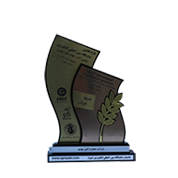
11th International Agricultural Fair
Premier Booth
In Iran

Sixth specialized exhibition
Tehran Agricultural Agencies
In Iran

National Award for Top
Manufacturing Unit
In Iran-gazvin

First place
Safir Cup Tournament
In Winter

Top Team
Ramezan Cup Tournament
TehraniMoghadam
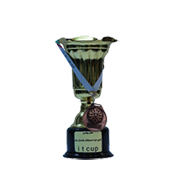
Third place
Safir First Futsal Cup Tournament
itcup

The importance of iron in plants
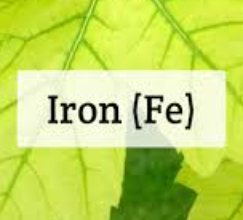
Iron is one of the most important and essential micronutrients for all plants. Iron deficiency is one of the most common nutrient deficiencies in orchards and agriculture of most agricultural areas of the country. An important point to note is that all micronutrients except molybdenum are inaccessible to plants by increasing the pH of the culture medium, but become absorbable to plants by decreasing the pH of the culture medium. The ideal pH range for plants varies depending on their ability to absorb nutrients.
In soils with acidic pH, the solubility of iron is high and the iron in the soil is easily absorbed by plants. However, due to the alkaline pH of most Iranian soils and the formation of insoluble iron hydroxide and oxide compounds, there is iron deficiency in most crops. When the soil structure is compacted or heavy irrigation is done, the soil carbon dioxide increases and bicarbonate is formed in the presence of lime. The resulting bicarbonate has buffering properties and prevents the pH from falling in the vicinity of the roots, and therefore high pH is one of the most important reasons for the lack of successful absorption of iron by plants.
The role and function of iron in plants
Iron is a very key element in making vegetable greens. This element is the main component of the structure of various enzymes and some pigments. Iron also plays an important role in many plant biochemical processes such as photosynthesis, cellular respiration, carbohydrate metabolism and enzyme formation. Although iron is not used in chlorophyll composition, it is essential for chlorophyll synthesis and protein structure.
Signs of iron deficiency in plants
Due to iron deficiency, the production of chlorophyll in the leaves decreases and the leaves become pale. Initially, this pallor occurs in the space between the veins. With severe iron deficiency, the entire surface of the leaf turns yellow except for the veins. Due to the lack of dynamism and mobility of iron in the plant, symptoms of its deficiency are first observed in young leaves and the upper part of the stem. Gradually these symptoms will be visible in all parts of the plant. With increasing iron deficiency, the margins of the leaves turn white and then the symptoms of burns are observed. Also, due to iron deficiency, we will see poor growth, abnormal leaf falls, low fruit production and immature fruits at the end of the tree.
Iron deficiency is more evident in fruit trees than other plants. Iron deficiency, which is frequently observed in fruit trees and other plants, is due to the plant's inability to use iron in the soil. Citrus and apple trees in particular are more sensitive to iron deficiency. Symptoms of iron deficiency in trees are that the veins are more or less green, while the petiole is yellow. In cereals, iron-deficient leaves appear to be striped. In fruit trees, yellowing of the leaves while the veins remain more or less green is a common phenomenon. The margins of the leaves turn white as the deficiency intensifies, followed by signs of burns. Sometimes in late spring, when the trees are growing fast, the leaves turn yellow due to insufficient iron absorption. Then, as the growth rate decreases, the color of the leaves gradually turns green and again in late summer, with the intensification of vegetative growth, i.e. the yellow of the leaves, reappears. It should be noted that iron deficiency alone does not lead to leaf yellowing, deficiency of nitrogen, sulfur, magnesium and some other nutrients, some plant pests and diseases or low light in some cases leads to pale leaves.
In some cases, the symptoms of iron deficiency and manganese deficiency may be indistinguishable. Because the symptoms of deficiency of these two elements are almost the same. The most important difference between iron and manganese deficiency is that due to iron deficiency, part of the margins of the veins remain green. Manganese, like iron, is a non-mobile element and its symptoms appear in young leaves.
Numerous factors affect the rate of iron absorption as well as the exacerbation of iron deficiency, including the following:
- Calcareous soil
- Inadequate soil ventilation
- Lack of organic matter in soil
- Inadequate quality of irrigation water
- Excessive use of phosphorus fertilizers
- High levels of copper in the soil
Methods of treatment of iron deficiency in plants
- Use of iron fertilizers
In order to increase the health and quality of plant growth, it is necessary to use iron fertilizer, especially in areas with iron deficiency. The choice of time, type of iron fertilizer and how to use it is very important. The best time to apply iron fertilizer is spring and summer when the plants are growing. During the autumn and winter, when the plants are dormant, there is less need to use fertilizer in the plant.
Iron fertilizer can be used in two ways:
- Foliar spraying
- Soil consumption
Iron fertilizers of AlborzBehsam is including:
-Matador Fe 6% Ortho-Ortho 3.5
- Matador Fe 6% Ortho-Ortho 4.8
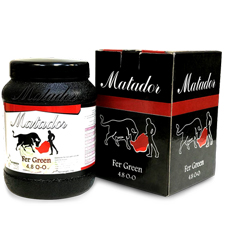
-Micro Mix including of 6% Fe and other micronutrient like Cu, Mn, B, Zn and Mo
-Iron Chelate of Ferocore including of Fe 6% Ortho-Ortho 4.8
- Micro Mix Apatche including of 6% Fe and other micronutrient like Cu, Mn, B, Zn and Mo

-Iron Chelate of Ortho Force including of Fe 6% Ortho-Ortho 4.8
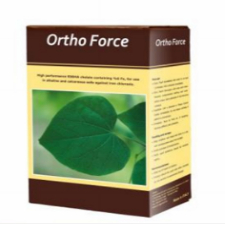
-Iron Fertilizer of FerGreen including of Fe 6% Ortho-Ortho 4.8
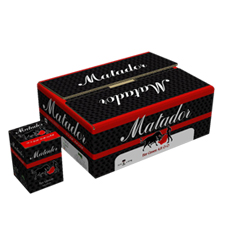
-Iron Fertilizer of FerGreen including of Fe 6% Ortho-Ortho 3.5

-Iron Chelate of Green Power including of Fe 6% Ortho-Ortho 3.6
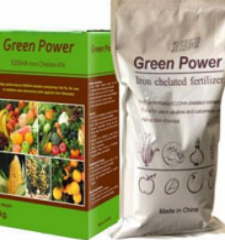
-Iron Chelate of Ferro Kevin including of Fe 6% Ortho-Ortho 2.2
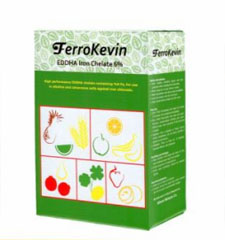
2-Proper soil ventilation
Several different methods can be used for this purpose:
- Shoveling the foot of the tree
- Adding organic matter to the soil
3- Reduce soil pH
Many plants are unable to absorb iron from the soil when the soil pH reaches 7 or higher. For this purpose, the use of sulfur, humic acid, etc. is recommended.
4- Good water quality
5- Planting cultivars and species resistant to iron deficiency
6-Balanced use of fertilizers such as vermicompost, animal manure, phosphorus fertilizers, etc. to increase the ability to absorb iron